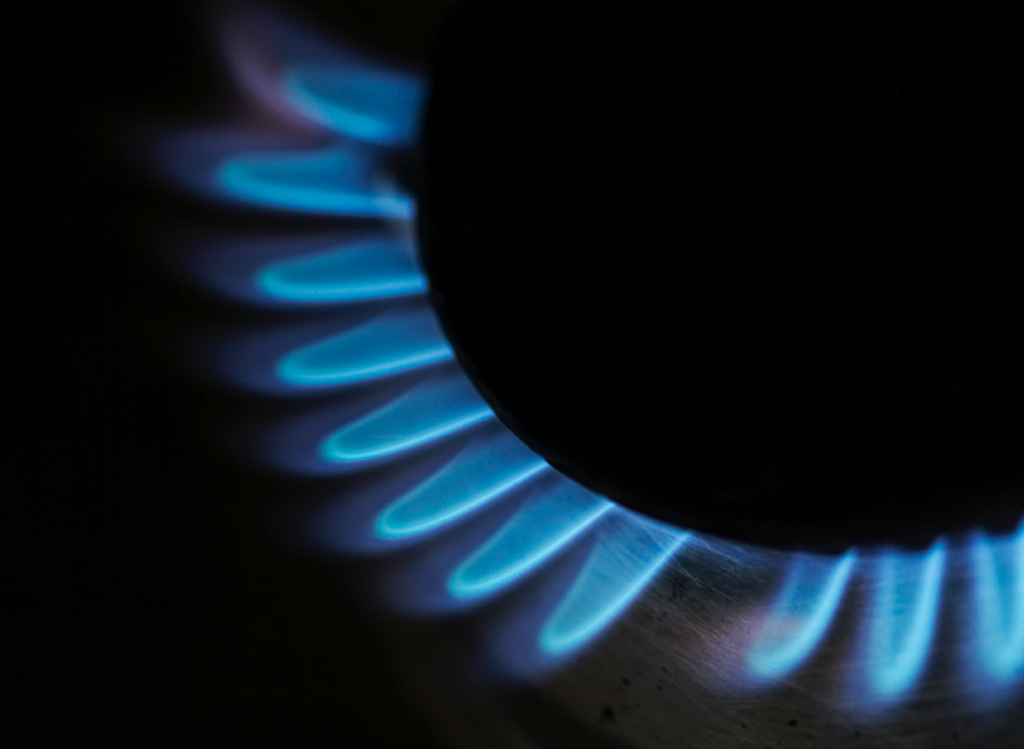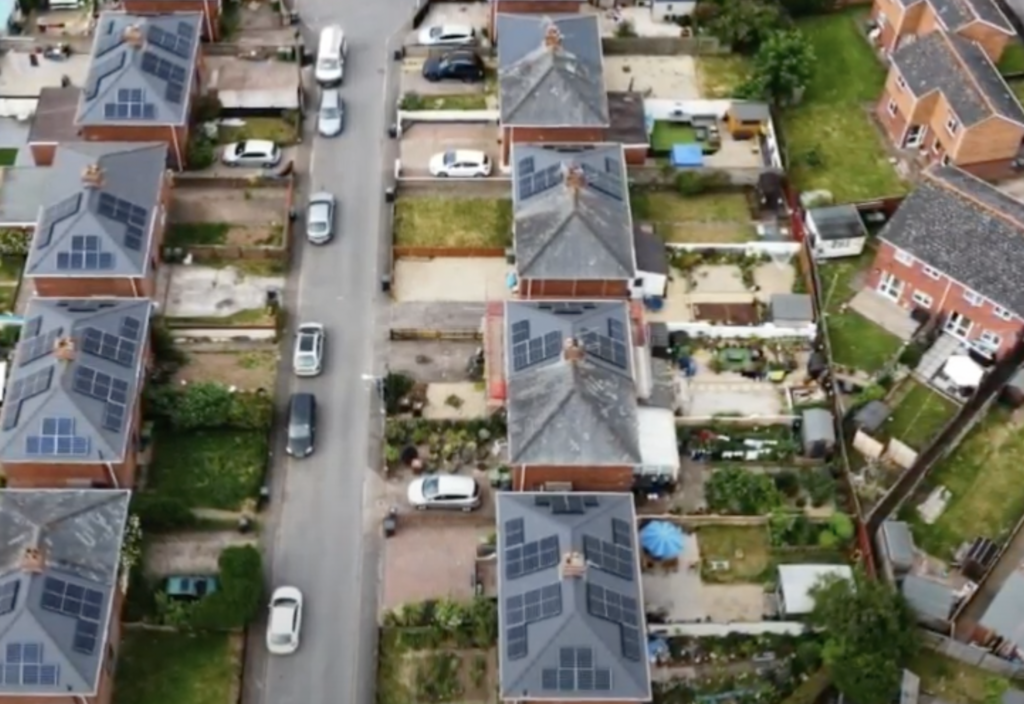The bleakest of winters awaits for millions due to the expected heating and fuel increases this autumn. This grim prediction has been announced by the charity National Energy Action, who have stated the average annual energy bill could soar to £3,250 a year. Fuel poverty is classed as a household spending 10% or more of its income on energy.
National Energy Action Chief Executive Adam Scorer said: “Anticipated prices far exceed earlier projections. Current financial support will be inadequate as much of that money will be spent before winter kicks in.“

There are a number of things which can be done to help reduce the impact of these huge cost increases, and for that matter, our carbon footprint – both are very closely related and are part of the same problem. A high carbon footprint is a result of using too much energy, and using too much energy is very expensive. Here is how things can be improved:
Local Authorities – Investing and Being Adequately Equipped.
It’s vital that local authorities are well equipped to tackle fuel poverty in their own areas. They need to have accurate, up-to-date information on their housing stock and look to be increasing the energy efficiency of the homes in their areas. Older homes use a lot more energy than newer, better-insulated ones. Increased energy efficiency reduces costs and helps contribute to a lower carbon footprint; it’s as simple as that. Already there have been councils that have invested in their social housing to become more energy efficient.
In Hull, there are 23,500 homes, of which they have around 3,000 homes dating back to the 1930s, which are considered non-traditional in design. They are certainly not designed to last a long time, and, compared to today’s standards, are not energy efficient. Hull council have invested £55m into developing these 3,000 homes to give them a longer lifespan and dramatically improve the energy efficiency of them.
Retrofitting Social Houses
While it’s encouraging to see councils investing in social housing and improving energy efficiency, it’s really only the tip of the iceberg. The number of social housing homes in England is around 4.4 million, so the bill for the landlords to reach 2050 targets will be equally challenging at a total cost for net zero retrofit of £280bn.
Shorter-term measures are in place to bring all social housing up to EPC band C by 2030; the average cost of this work is estimated to be around £20,000 per house. The number of social housing homes currently below this EPC band C target is 1.4 million. So the total cost of an interim retrofit is still an incredible £28 billion.
Options
Improvements such as cavity wall insulation, solar panels, triple-glazed windows, low-carbon heating systems such as heat pumps all help to neutralise the contributions to climate created by 26 million homes, which is the number of existing homes anticipated will still be around in 2050. That would eliminate 68 million tonnes of CO₂, which is about 15% of the national total. The cost to retrofit a home to net zero standards is £26,000, which would is estimated to pay for itself in 20 years.

What can you do now?
While it’s very much in the government’s hands as to what homes get developed and in what areas, these things take time. You can do your bit to save money and also reduce your carbon footprint with these few ideas:
1. Energy Saving Bulbs. Save around £35-£40 a year with LED/Energy Saving Bulbs. Although they cost more to buy, they use less energy and last a great deal longer than regular bulbs.
2. Lower Your Thermostat Temperature. You can save between 2-4% on your heating for each degree you drop on your thermostat. An easy way to save here is to drop the temperature 1 degree at a time and keep doing this over several days until you arrive at a temperature that you find comfortable. It could easily save 10% or more off your heating costs.
3. Cover Bare Floors – A rug is a great way to cover a bare floor and reduce heat loss. Some people do like the look and feel of a bare floor. However, it is not that energy efficient. So unless you can’t live without a bare floor, we would suggest covering it either totally with carpet, or even just a rug.
4. Unplug Battery Chargers – A battery charger often uses current when not in use but when still plugged in. When you are not charging a battery, simply remove it from the socket or switch it off to save.
5. Select Energy Saving Appliances – Take the time to look for energy-saving appliances when the time comes to renew. EU efficiency labels score appliances from A+++ to D, the former being the most efficient. The more efficient an appliance, the cleaner it will be for the environment, and it will be cheaper to run too.
6. Dust Your Fridge – The coils fitted to the back of your fridge collect dust and, over time, can become less efficient, costing you more to run as the appliance efficiency reduces. Taking less than a minute to dust every few months will save you money.
7. Block Out The Sun – If you have air conditioning, ensure it does not need to work excessively hard and use unnecessary energy by using shades and blinds where possible.
8. Hob and Pots – Many people waste energy by cooking on a hob, which is too big for the pan. Always ensure you match the hob with the pan. This is an easy way to save money and energy. It also helps avoid boiling over too!
9. Reduce Your Water Temperature – Many households have their water far too hot, which is a waste. A quick and easy tip here is to reduce the water temperature in small intervals until you reach a level you are happy with (i.e. the lowest temperature, which is still comfortable to use).








